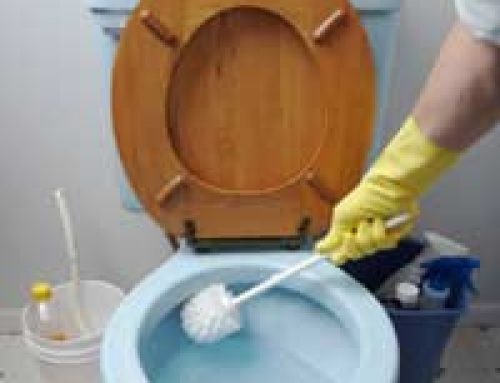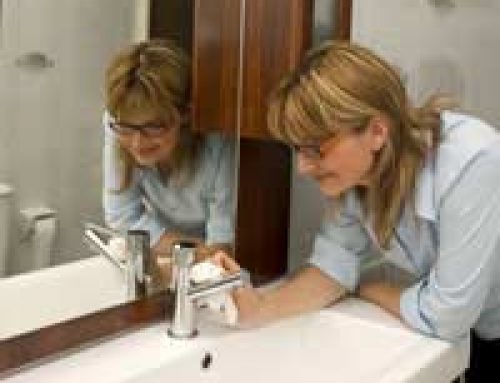 Radon is a natural radioactive gas, which seeps into buildings from minute amounts of uranium that is present in all rocks, soil, bricks and concrete. In highly concentrated amounts, Radon can be harmful to the human body, but there is absolutely no need to panic. This information will tell you what Radon is, how to tell if it affects your home or workplace, and what you can do to reduce it. Remember, Radon has been in the earth since the formation of our planet, and all we need are sensible precautions to keep everyone safe from its effects. Here are some basic Questions – and Answers.
Radon is a natural radioactive gas, which seeps into buildings from minute amounts of uranium that is present in all rocks, soil, bricks and concrete. In highly concentrated amounts, Radon can be harmful to the human body, but there is absolutely no need to panic. This information will tell you what Radon is, how to tell if it affects your home or workplace, and what you can do to reduce it. Remember, Radon has been in the earth since the formation of our planet, and all we need are sensible precautions to keep everyone safe from its effects. Here are some basic Questions – and Answers.
Yes. They vary during the day and night, and from winter to summer – usually higher at night and during the winter.
No. Although Radon enters buildings all the time, some is carried away by natural ventilation, even homes with good draft seals and double glazing change their air several times a day.
The major risk from radon is an increase in the risk of lung caner, but this is usually confined to miners exposed to high levels over a long period of time.
There is no indication that children are more at risk than adults.
Yes. Most water supplies have low levels of Radon, but some smaller supplies may have high levels. None has been found in the UK with high enough levels to cause as much concern as Radon from the ground.
Measurements show that areas with a high granite concentration have higher concentrations of Radon. Some of these areas are in the South West of the British Isles, but Radon is by no means confined to that location – other areas which do not have a concentration of granite have been found to have above-average levels of Radon.
No, the Government Agency concerned with Radon testing confirms that the presence of Radon should not influence your choice of location for a holiday, or a permanent home. From 1988, Radon testing has been included in the Building Regulations for all new properties.
So, there are some of the facts about Radon. Now, what to do if Radon is found in your property? The first step to take is to ensure that accurate measurements are taken.
Measurements are taken by leaving small gauges in the property, usually one on each storey, for three months. The report preparation usually takes a few weeks after the measurements are completed, and the information is confidential to the householder.
The Radon measurement gauges can be bought on-line, and received by post with instructions – the cost is around £40.00.
If Radon is detected at significant levels, then a specialist firm can assist with additional sealing of doors, windows and floors. In some cases a Radon sump can be installed to decompress soil under a building, your local Council can advise you if this is appropriate, and advise a suitable firm to carry out the work for you.
Remember, Radon is present everywhere – it is highly unlikely that your property will be subject to significant levels, but a measurement test will make sure, and control of emissions is possible in almost all properties.





Leave A Comment